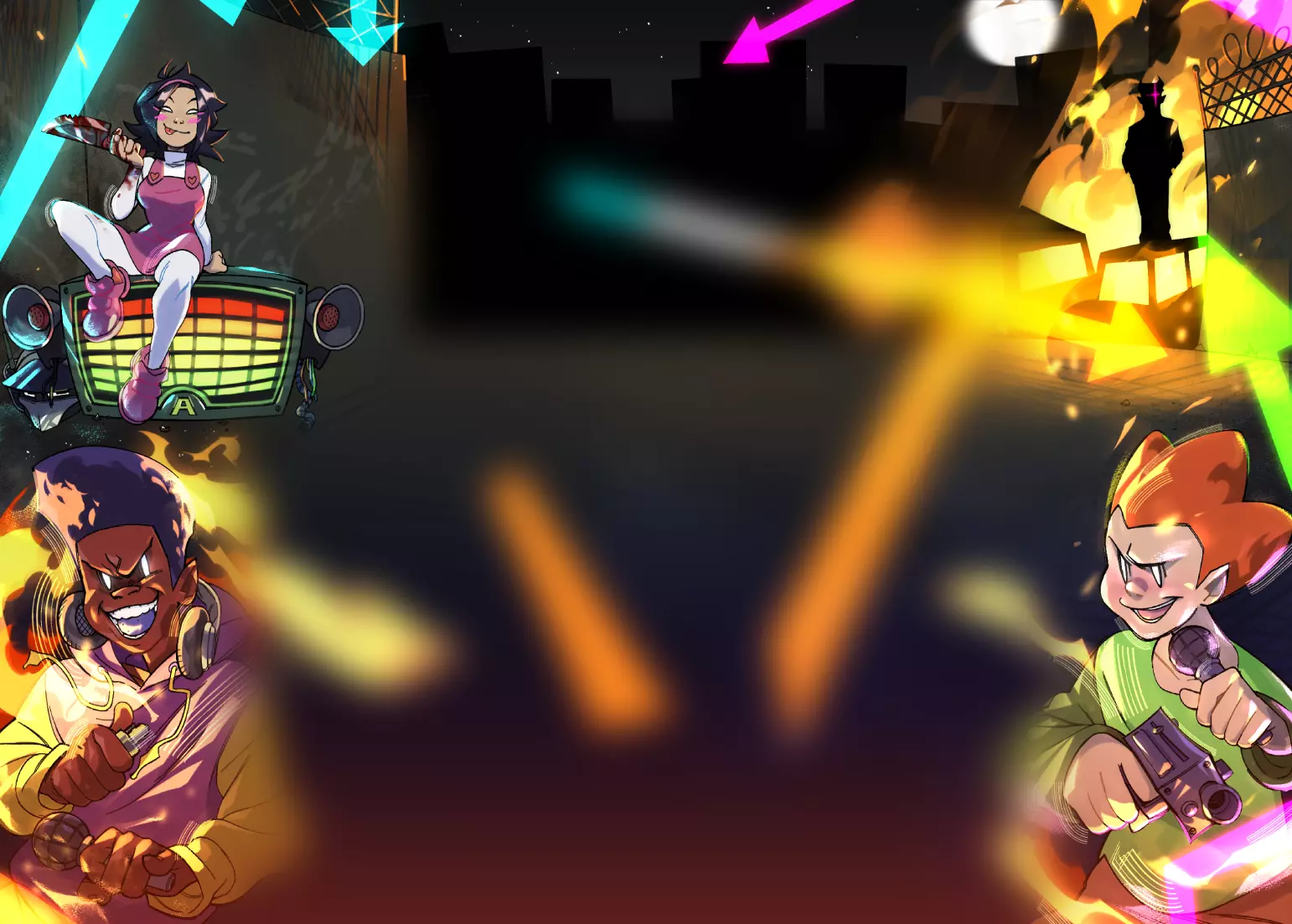Pions Gone Digital
This game, I love. I am a huge fan of particle physics, and after so much time searching, this is one of the few games I have managed to find that accurately captures a nuclear reaction (besides nuclear fission). The idea of playing in the realm of quarks in the universe is amazing.
There are a few things this game lacks: the heavier quarks (charm, strange, top, and bottom), and the leptons (electron, muon, tau, their neutrinoes). But, I did overall find this to be a very enjoyable game.
I have a few strategy tips I would like to share:
*The down quark tends to be a better choice than an up quark. The down quark has half the electrical charge of an up quark, so you will be less likely to attract your antimatter partner. Although you start as an up quark, try to bounce into an antidown quark ASAP.
*Try, if possible, to avoid the photons that are emitted from an annihilation. If you collide with a photon, you can get pushed back into something you really don't wait to touch, e.g. your antimatter partner.
I'd also like to reply to the author's reported inconsistencies, in the order they appear.
1. In the early universe, particles were too energetic to form any hadrons. This was during the "quark-gluon plasma" epoch of the universe.
2. Like I said above, hadrons could not form, so the strong nuclear force could not act. Gravity is, at the scale of the quark, practically non-existent. You also technically did involve the weak nuclear force, when, for instance, an up and antidown collide (or a down and antiup), the two swap flavor. The weak force allows these flavors to be swapped.
3. Only one you really missed: technically, as time went on, the amount of antimatter should have decreased, not increased. Although this one doesn't really matter, as having the game get easier over time would not be very enjoyable on the player's part. Oh, and when a neutral pion (containing an up-antiup or down-antidown pair) decays into two photons, the photons can sometimes decay into an electron-positron pair.
I personally feel that a much larger sequel (featuring the full Standard Model) could possibly be made, with the right effort.
A few things I'd like to see in the second version:
*All six quarks, all six leptons featured (instead of just up and down quarks).
*In time, you can form hadrons (delta baryons, nucleons, pions, rho, eta, and chi mesons) which can benefit you inside. In time, you can combine nucleons to form simple nuclei.
*If possible to integrate while still maintaining accuracy, provide a sort of "goal", or at least a set of achievements (e.g. surviving X amount of time, decaying into a lighter particle, forming your first baryon).
*Maybe a multiplayer mode.
Overall, an awesome game. i give it 10/10, 5/5.
(P.S. My favorite quark is the strange.)
